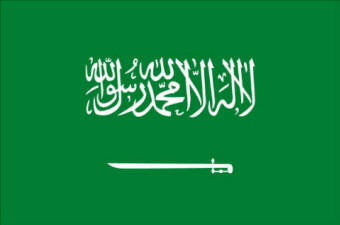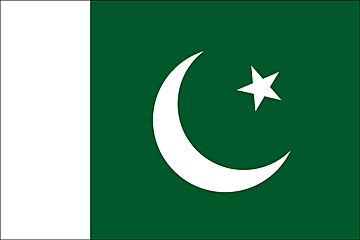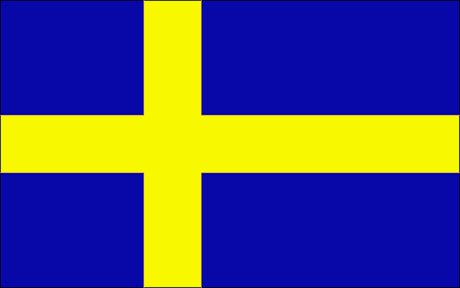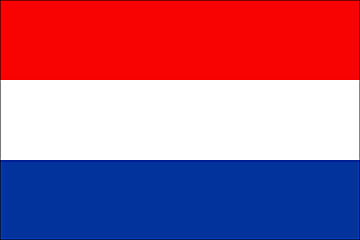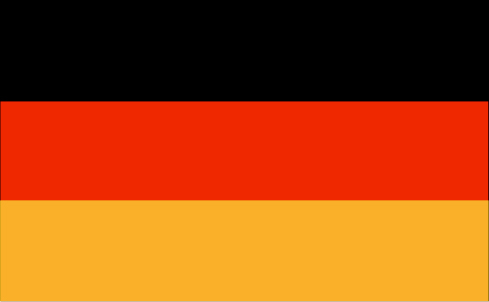Germany has the largest population of any country and Europe, whilst it is also the continents most industrialized country. All this is despite a history rife with conflict; a fact that can be seen in its population today who have as far ranging influences as Scandinavian, Iranian and Roman.
The cliché of German efficiency is not unfounded and it took all the people's strength to recover economically and socially after two defeats in World War I and II left the country divided and crippled. The country was left split in to East and West Germany, just as its capital was split by the infamous Berlin Wall. However, with the end of the Cold War, the country was reunited and has since gone from strength to strength.
Equally, with a strong tradition in sport, music, literature and food and drink, Germany is not just about economic and industrial strength.








